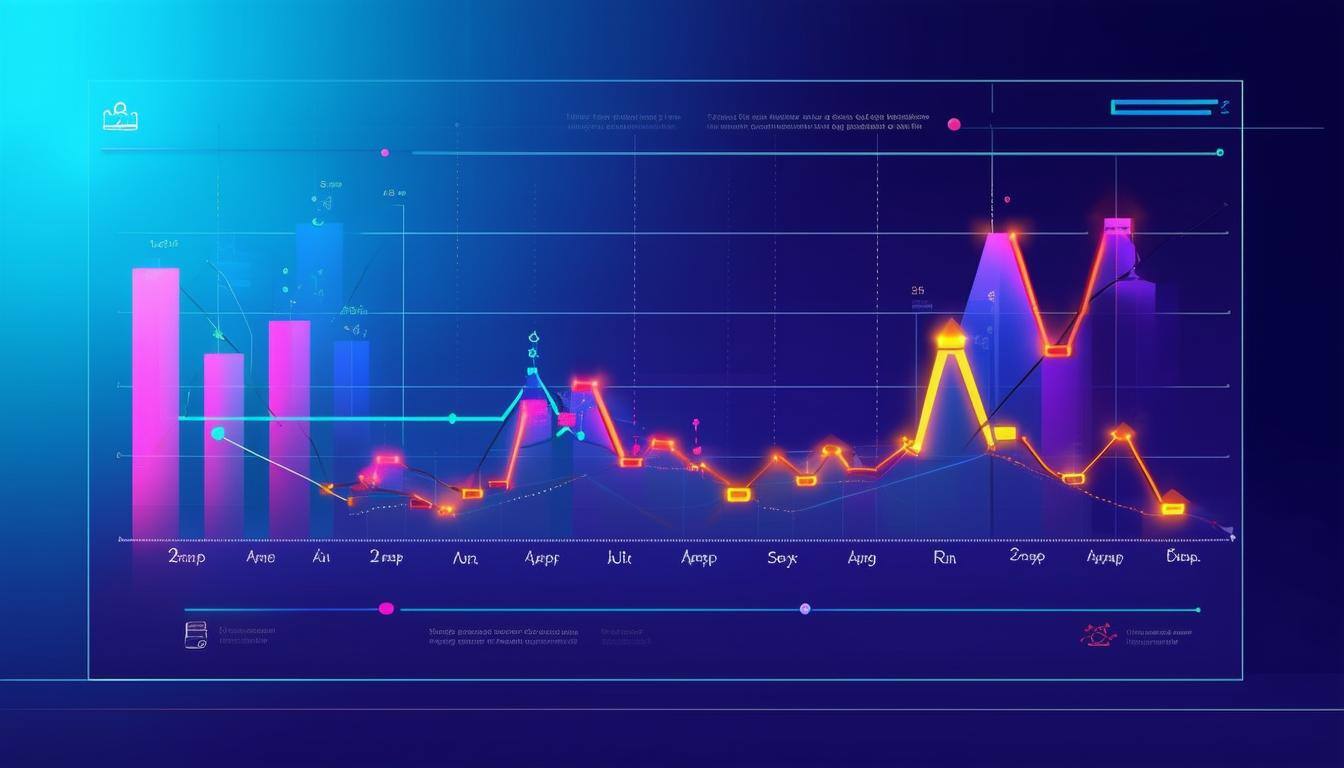Proven Strategies to Reduce Customer Churn in B2B SaaS
In the fast-paced world of B2B SaaS, keeping your customers is the difference between thriving and merely surviving. High churn rates can drain your...
5 min read
Brian Polackoff
:
Oct 14, 2024 9:32:00 AM

In the highly competitive landscape of Software as a Service (SaaS), customer churn is a critical metric that companies closely monitor to reduce churn risks. The ability to effectively manage and reduce churn can significantly influence a SaaS company's success and longevity. With recurring revenue being the lifeline for SaaS businesses, high churn rates can disrupt growth, impact profitability, and lead to substantial lost revenue, especially among existing customers. Therefore, understanding and implementing strategies to reduce SaaS churn rate is not only desirable but essential for any SaaS company aiming to thrive in the market.
Customer churn refers to the rate at which customers stop using a company's service during a specific period. In the SaaS industry, where services are often provided on a subscription basis, this churn rate becomes a vital indicator of a company's health. High churn rates can signal dissatisfaction among the customer base, potentially due to poor customer experience, inadequate customer support, or lack of perceived value in the offered SaaS product or service. Understanding churn and its implications allows SaaS companies to pinpoint areas of improvement to retain their customers effectively. A deeper look into customer churn reveals that it not only affects immediate revenue streams but also impacts future growth and customer acquisition costs.
For many SaaS companies, focusing on churn rate is critical because it directly correlates with customer retention and recurrent revenue streams. Unlike one-time purchase models, SaaS businesses rely heavily on sustaining a loyal customer base over long periods. Given that acquiring new customers can be significantly costlier than retaining existing ones, maintaining a healthy churn rate helps in optimizing marketing spend and ensuring steady growth. Furthermore, reducing churn contributes to a more predictable revenue model, which is particularly critical in B2B SaaS environments where long-term relationships are built and valued.
The impact of churn on a SaaS company's revenue and growth can be profound. High churn rates lead to lost revenue streams and necessitate increased customer acquisition efforts to fill the gaps left by departing customers. This cycle not only strains financial resources but also limits the ability to invest in new features or improve existing offerings. Consequently, the focus shifts from innovation to customer replacement, which is a less sustainable growth strategy. Moreover, a high churn rate may also indicate underlying issues within the customer journey, such as poor onboarding or inadequate customer satisfaction. Addressing these issues becomes paramount to safeguarding the company's future.
To effectively manage customer churn, SaaS businesses must employ precise metrics to quantify and analyze the problem. The monthly churn rate and annual churn rate are two crucial metrics that provide insights into how many customers are lost over time. Calculating churn involves dividing the number of lost customers by the total number of customers at the beginning of a period, furnishing insights that can inform strategic decisions. Additionally, revenue churn metrics can reveal whether the company is losing high-value customers, offering further perspective on financial impacts and the effectiveness of retention strategies.
Benchmarking churn rates against industry standards is a critical step in understanding where a SaaS business stands relative to its peers. SaaS churn benchmarks can vary significantly across different sectors and market segments, making it essential for companies to compare their churn rates with those of similar SaaS companies and monitor customer health. This comparison can help identify areas of strength and opportunities for improvement, providing a competitive advantage. Understanding these benchmarks also assists in setting realistic churn reduction targets and implementing practices that align with industry best practices.
Leveraging tools and techniques to analyze churn data is imperative for SaaS companies aiming to reduce SaaS churn and monitor customer health. Advanced analytics platforms can identify trends and patterns in customer behavior, offering insights into potential causes of churn such as product usability issues or insufficient customer support. Machine learning models can also predict churn propensity by analyzing historical data, allowing companies to take preemptive actions. Implementing customer feedback systems provides qualitative data that can complement quantitative churn analyses, offering a holistic view of customer sentiments and areas needing attention.
Understanding the causes of churn is crucial for any SaaS business looking to reduce churn. Common factors that lead to customer churn include inadequate onboarding processes, which may leave users feeling unsupported and likely to abandon the service. Similarly, a lack of engagement with the SaaS product can lead customers to consider other options. If a product does not evolve with new features or fails to meet customer needs, users might discontinue their subscriptions. Therefore, SaaS companies must continuously innovate and improve customer experience to maintain their customer base and prevent churn.
Involuntary churn, which occurs when customers unintentionally stop using a service due to issues like payment failures or expired credit cards, also significantly impacts SaaS businesses. Although this type of churn is often overlooked, it can lead to considerable revenue churn if not addressed promptly. Implementing automated systems to remind customers about upcoming renewals or expired payment methods can help alleviate involuntary churn. Additionally, offering multiple payment options and improving transaction processes can ensure a smoother customer journey and increase retention rates.
To address and mitigate churn causes, SaaS companies should invest in robust customer success teams focused on engaging with users and resolving their issues proactively. Regularly gathering customer feedback from existing customers can identify areas of dissatisfaction, enabling the company to make necessary adjustments. Enhancing communication channels and providing excellent customer support are key ways to boost customer satisfaction and loyalty. Furthermore, reevaluating pricing models to offer flexible solutions can attract a broader customer segment, thus reducing the likelihood of losing customers to competitors.
One of the most effective strategies to reduce customer churn is enhancing customer success and support initiatives to monitor customer health. A dedicated customer success team can work closely with customers at the start to ensure they derive value from the SaaS product. By offering personalized support, tailored recommendations, and timely solutions, the team can build strong relationships with customers, fostering trust and satisfaction. Comprehensive training and ongoing education about product features and capabilities can also empower customers, increasing their likelihood of renewal and continued engagement.
Improving the onboarding process is crucial in making a lasting impression and ensuring customer success from the outset. A seamless onboarding process involves guiding new customers through the product's functionalities, setting clear expectations, and providing ample resources for self-help. Personalizing the onboarding journey can further enhance the customer experience, making customers feel valued and understood. Regular touchpoints and check-ins during the onboarding phase can help address any initial challenges, boosting overall satisfaction and preventing churn.
Developing loyalty programs and incentives is another strategic approach to increase customer retention. By rewarding customers for their continued patronage, SaaS companies can reinforce positive brand associations and encourage long-term commitment. Incentives such as discounts on renewals, exclusive access to new features, or referral bonuses can motivate customers to maintain their subscriptions. Additionally, soliciting feedback for program improvement ensures these initiatives remain relevant and appealing, ultimately contributing to lower SaaS churn rates.
Customer success teams play an integral role in reducing churn rates by actively engaging with existing customers to ensure their needs and expectations are met. These teams focus on nurturing customer relationships, offering strategic insights, and advocating for customer requirements within the company. By prioritizing customer success, SaaS companies can enhance product adoption and utilization, directly contributing to decreased churn rates. A proactive approach in addressing potential issues before they escalate further solidifies the company's reputation and increases customer loyalty, ultimately helping to reduce SaaS churn.
Implementing best practices for engaging and retaining customers can significantly influence churn rates. Regular communication, whether through newsletters, product updates, or webinars, keeps customers informed and engaged with the brand. Offering personalized experiences, such as custom dashboards or targeted feature sets, can further align the product with customer needs. Encouraging community building, where users can share insights and solutions, also fosters a sense of belonging, strengthening customer bonds and reducing churn risks.
Leveraging customer feedback is a powerful way to enhance satisfaction and reduce churn in SaaS companies. By actively seeking and incorporating feedback into product development and service delivery, companies demonstrate their commitment to meeting customer expectations. Feedback mechanisms, such as surveys or direct interviews, provide valuable insights into customer experiences, challenges, and preferences, helping to monitor customer health. Acting on this feedback by implementing requested features or addressing pain points can lead to improved customer satisfaction and increased retention, thereby reducing churn rates.

In the fast-paced world of B2B SaaS, keeping your customers is the difference between thriving and merely surviving. High churn rates can drain your...

In the competitive landscape of B2B SaaS, optimizing customer success has emerged as a pivotal strategy for reducing churn and propelling business...

Understanding Customer Success in SaaS